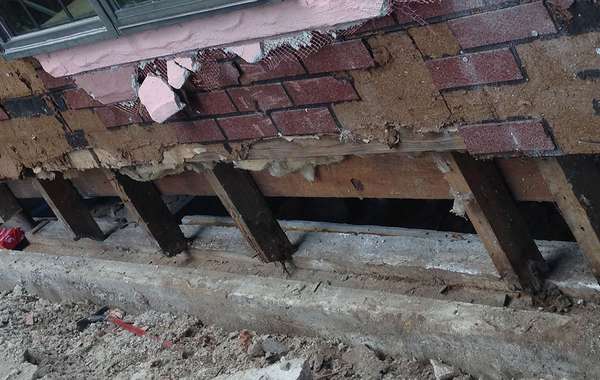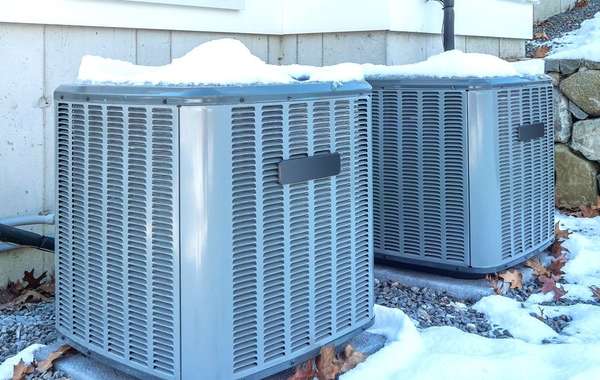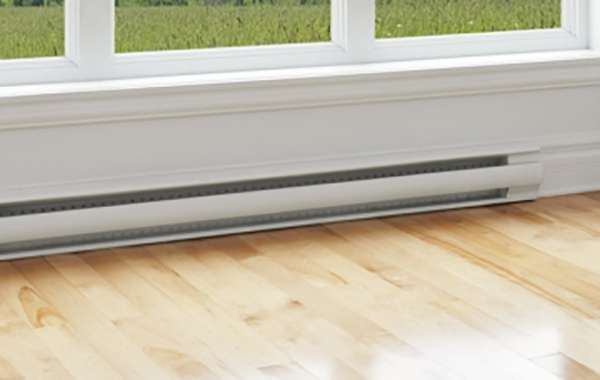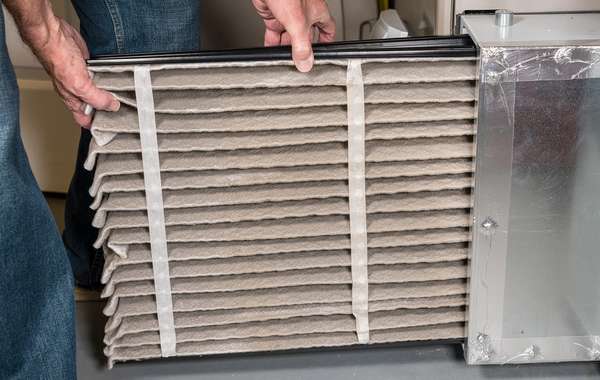Will I save energy by lowering my thermostat at night?
I have a 1500 sq ft home just north of Toronto, Ontario. I recently installed a cold climate air source heat pump furnace. I am getting confliciting information about temperature control. Is it best to set the ASHP furnace at one temperature all day? Or set it back at night and during the work day?

























This is a topic where there will always be conflicting information because there isn’t really a single right answer.
I’ll try not to get too convoluted in this answer but I can’t already tell it will be long. First thing to say in general, is that the cooler you keep your house the less energy it will use - just as the inverse is true for your fridge - although fridge organization is necessary to reduce food waste. Heat loss increases with a greater differential in temperature, so the warmer it is inside compared to outside the greater your heat loss will be.
As for where to set the temperature at night, I would make that decision based primarily on comfort and whether or not you have a thermostat timer and wake at a regular time. If you like sleeping in a cool room then drop the thermostat for sure, but if you don’t sleep well like that then keep it a bit warmer.
How much you will benefit from lowering the temperature at night and when you’re gone depends largely on how efficient your home is and if you have a lot of thermal mass inside the building enclosure.
Lowering thermostats at night made a lot of sense 40 + years ago when homes were poorly-insulated and sometimes not insulated at all. Back then a furnace would cycle on and off many times in a day (or even in an hour) to keep the house at the designated temperature. The savings were realized because a house at 21C would lose heat a lot quicker than a house at 17C, so there was simply no point maintaining a higher temperature with the greater heat loss if no one was there.
Now that homes are much better insulated and built airtight there isn’t the same amount of energy savings to be had by varying the temperature as there isn’t as much heat loss.
So here is how you can come to your own conclusion, which will be the right one:
If your house is not very well insulated and not very airtight and the temperature falls off pretty quickly when the heat is off, yes, you would probably notice the savings by lowering the temperature a bit in the day. How much I would drop it depends on how fast it warms up again when I come home, and whether I have a ‘smart’ control or timer so I can set it to be comfortable when I return.
If you have a super-insulated house, it may take so long for the temperature to drop that it is hardly worth it.
If you have a lot of thermal mass in your house (concrete slab floor, bricks or masonry on the interior etc) it will take a long time to cool off, and consequently a long time to warm up again, so again it may not be worth it. In such a house the savings may be negligible and the main result may be discomfort coming home to cool furniture and floors.
If that doesn’t’ answer your question sufficiently, feel free to write back with more specific details about your heating bills and how modern or well-built your house is.
Thanks Mike!
My home was built approximately 1975. The best I can tell, the walls are insulated with R12. I recently had a Home Energy Audit and found that my home has 6.5ACH at 50 pascals. Providing I performed the "recommended" upgrades for air sealing (which I am in the midst of) it is estimated that my ACH will drop to approx 5.89ACH. It was also recommended that I upgrade the ceiling and the finished basements (always cold) insulation - which I will in time. The windows (double pane) and doors are all Zone 2 rated appear to have been replaced within the last 15 years. I have only been in the home since the end of Feb, but from then to mid April it seems the house was dropping from 20C at 9pm to ~17C by 2am when the ASHP came on to maintain by set overnight temp. I have no thermal mass in my home; floors are either carpet or laminate and the exterior is aluminum siding over the orginial tougne and groove wood siding.
I have had 3 HVAC contractors in my home for assessment. The first, said to set it at one temperature and forget - stating ASHP are the most efficent at one consistant temperature. Second contractor, said because my Zuba is a 3 ton unit (with time scheduling including capacity limiting) and the house is a little under 1500sq ft (easy load for a 3 ton) I can turn it back at night during cold months but one temp for summer because removing humidy is hard. Third contractor said the exact opposite of the second contractor.
Totally loss on what to do.
Between the conflicting advice you’ve been given by contractors I’d stick with ‘set it and leave it’. That’s not a great amount of insulation and it’s fairly leaky at 5 + ACH, so it’s possible you’d see savings but it’s still sort of splitting hairs. It’s true that a reduced differential between inside and out means reduced heat loss, but at the same time, maintaining a constant environment is how a heat pump works best.
For longer absences you’d probably save by moving the thermostat, but for day to day operation I’d just leave it where you’re comfortable, if anything just for the lack of hassle compared to the minor savings if there even are any. And there is always the possibility that the end result of your thermostat wrangling could actually be a bit higher cost, and a less comfortable home at times.
Same thing for the summer – unless you're leaving on vacation for a week, set it, leave it and don’t sweat it! The best savings are had by keeping the temperature a bit higher in the summer and lower in the winter so you’re not fighting nature as hard.
Thanks Mike!